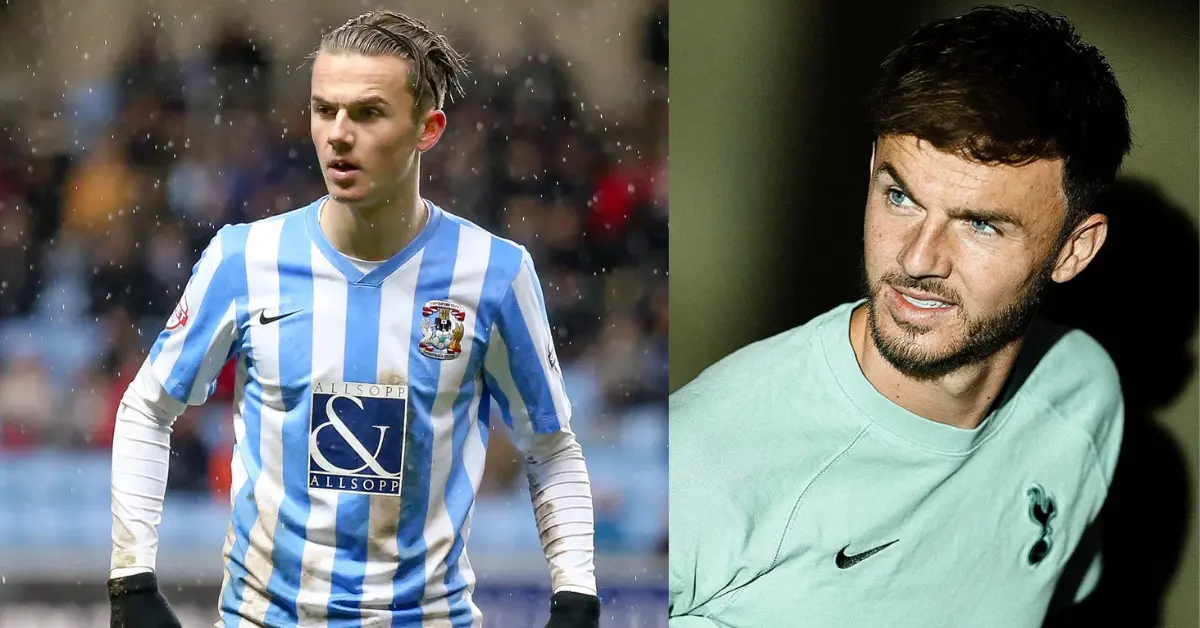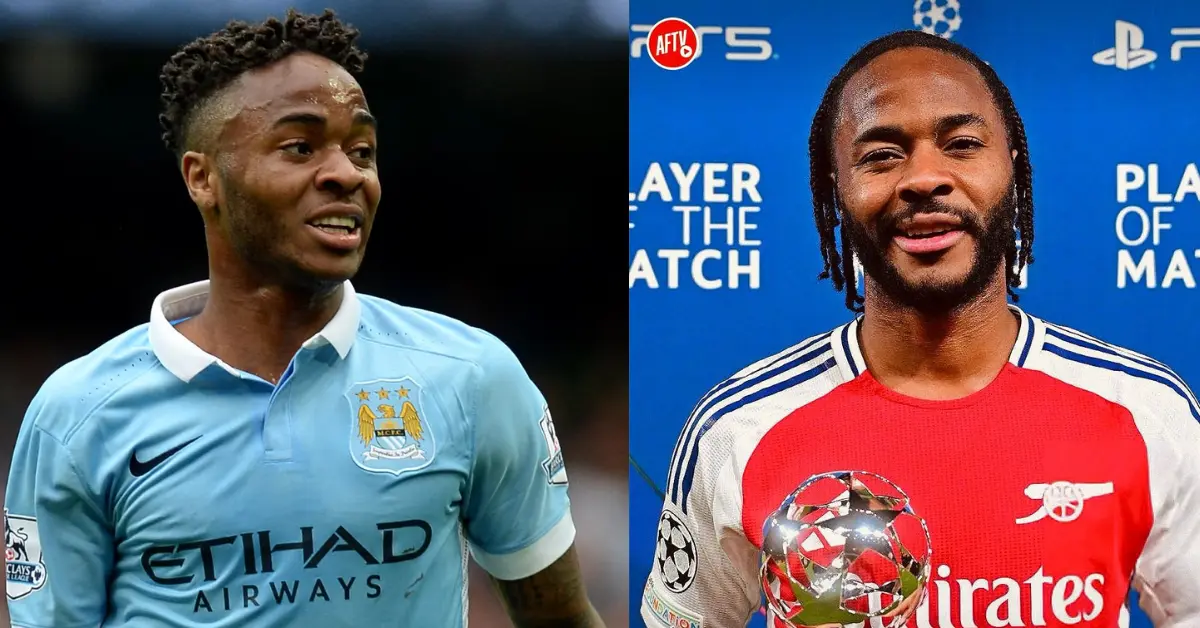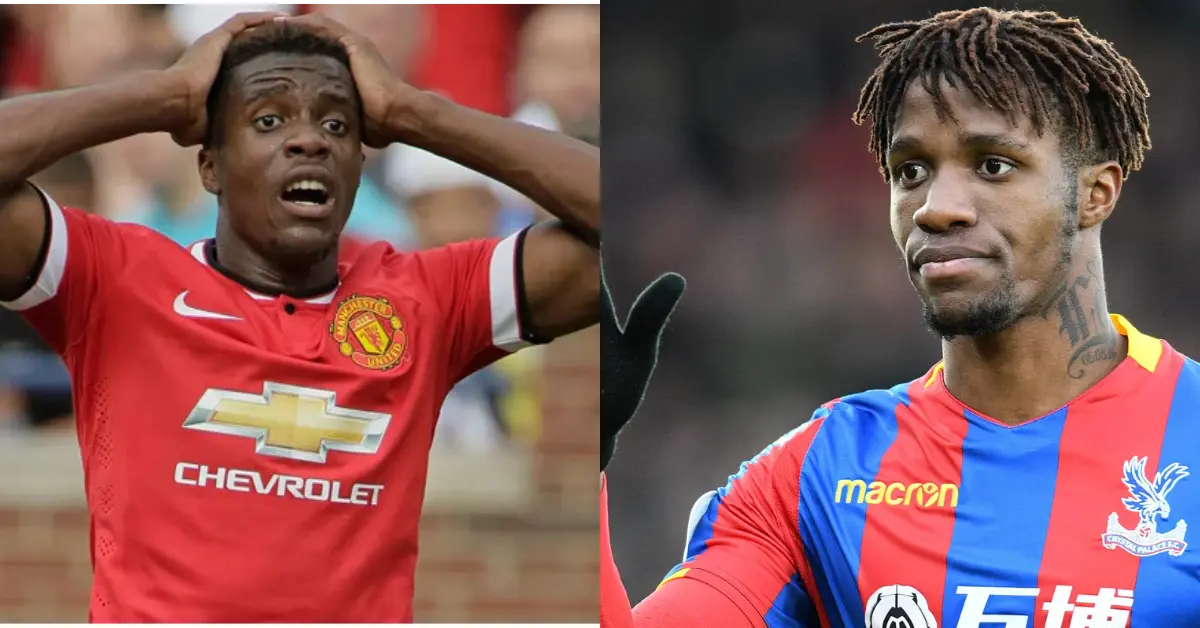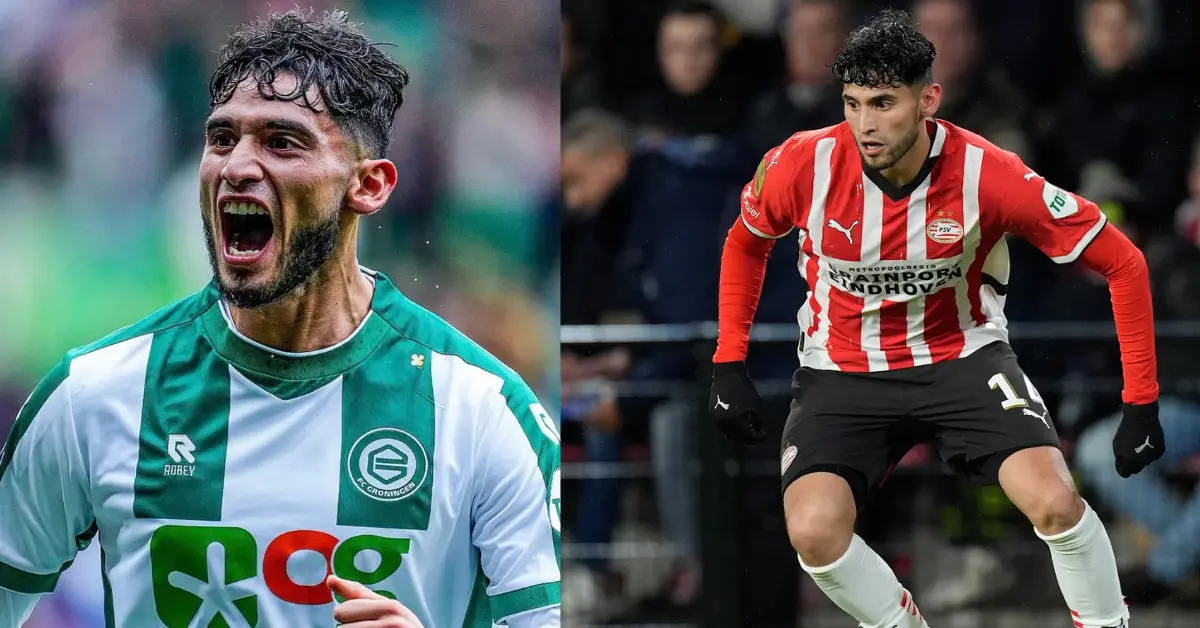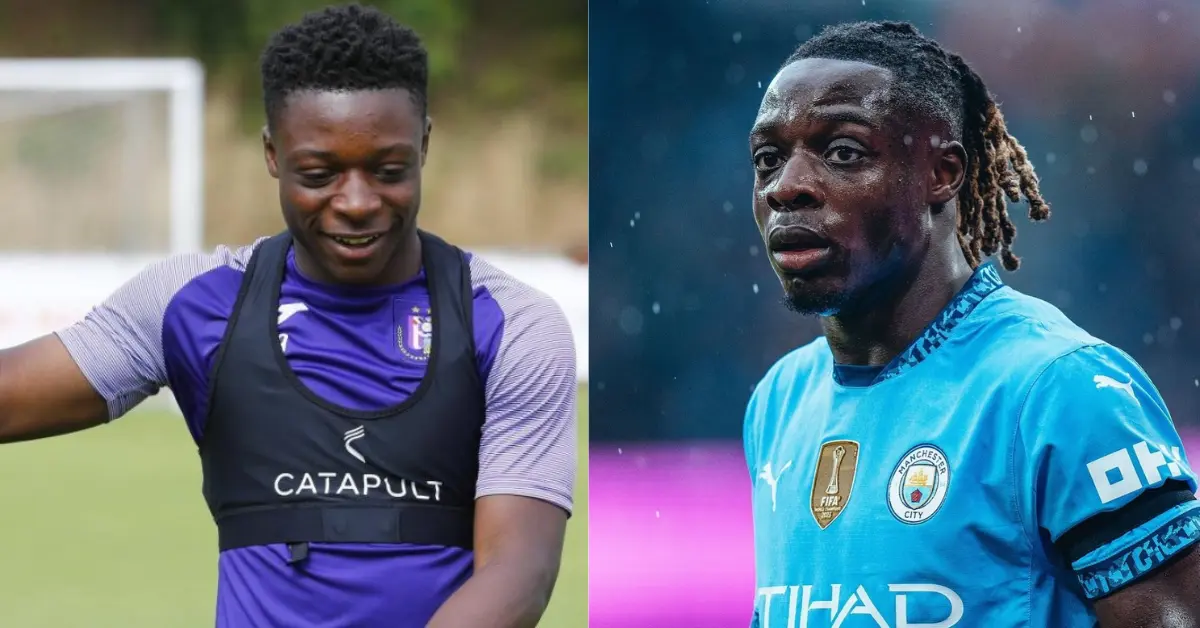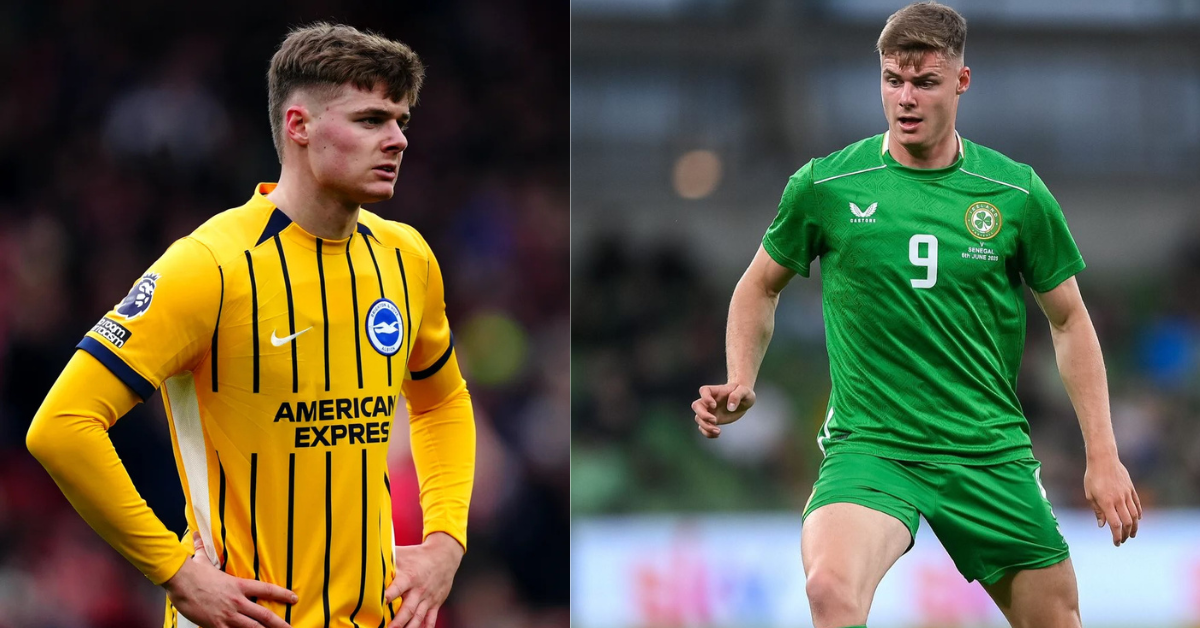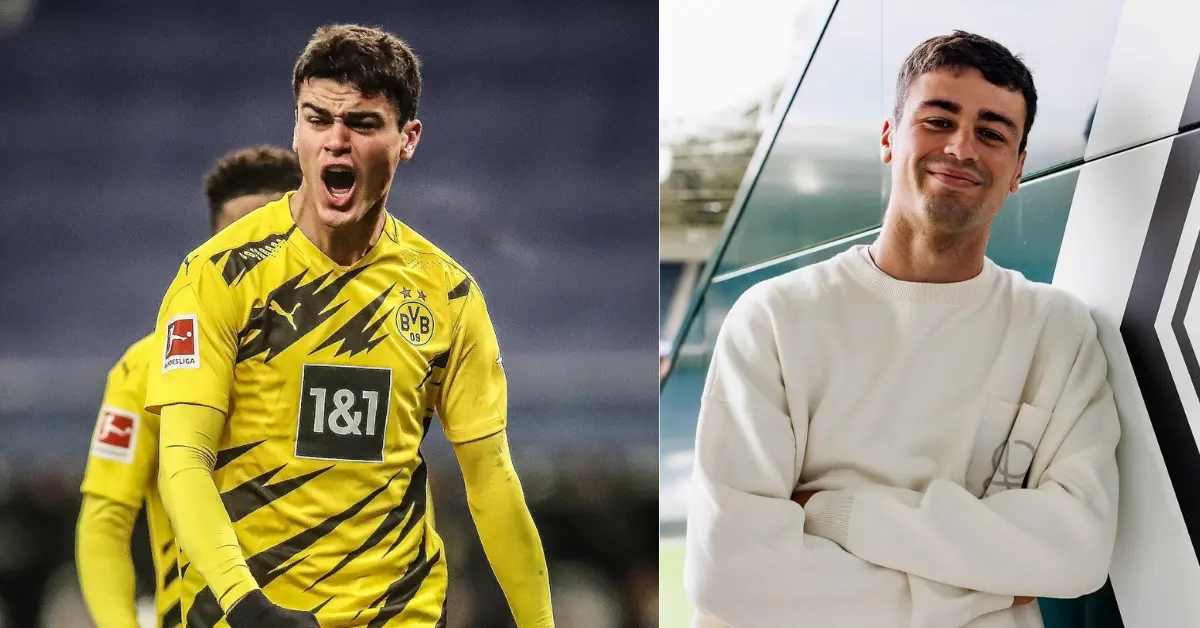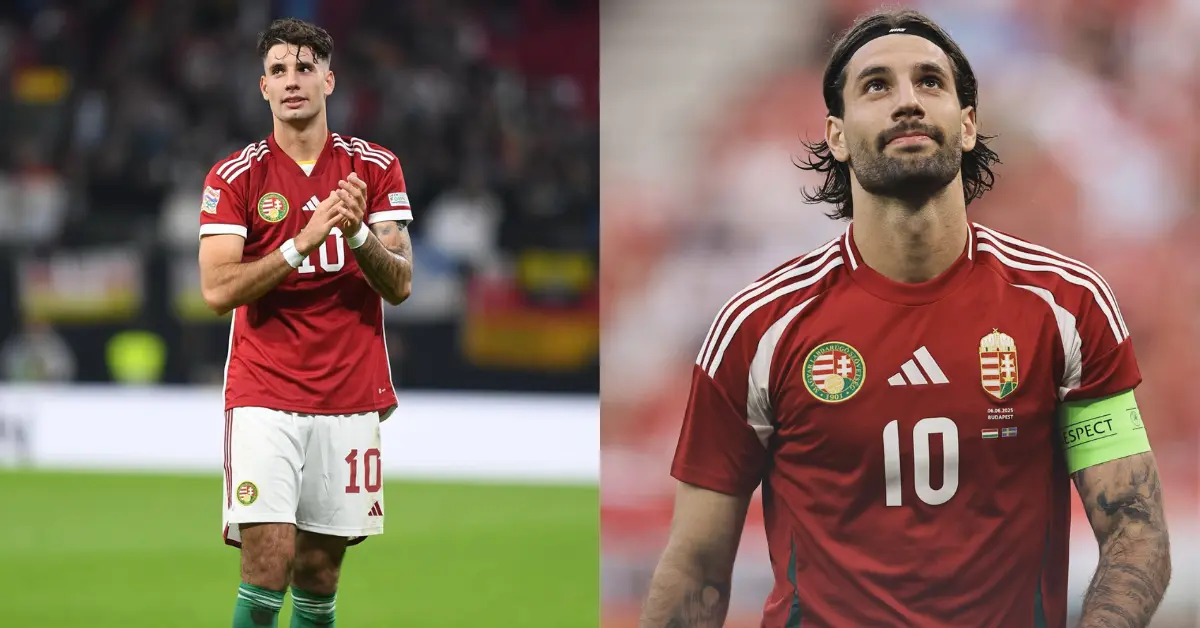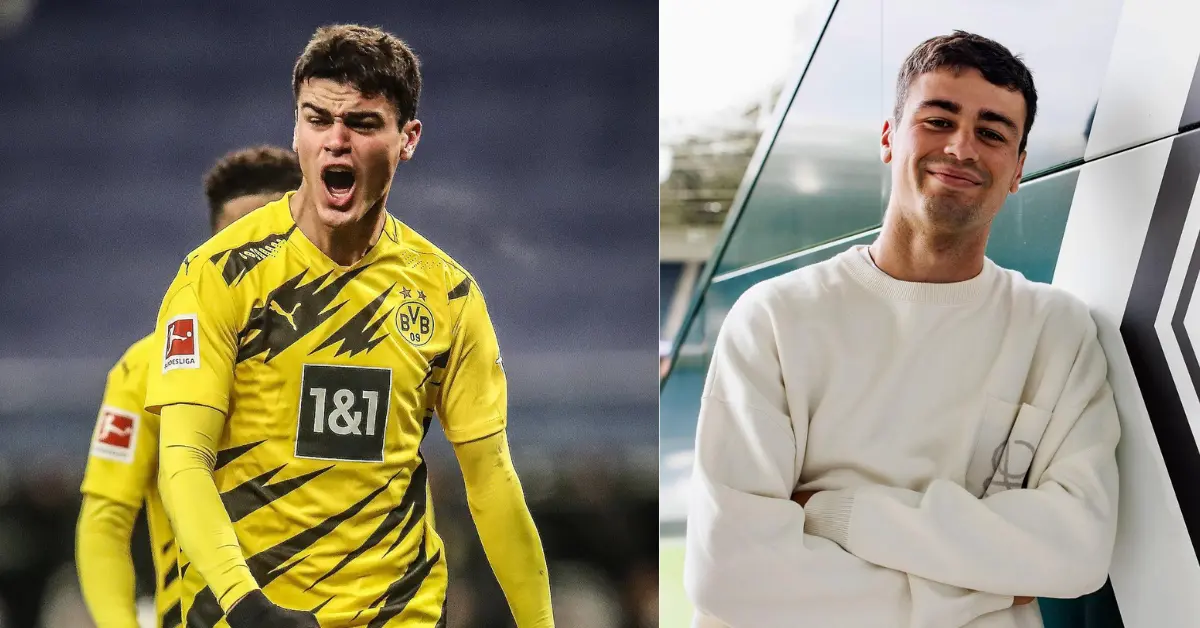Casemiro Then and Now
Casemiro stands not only as one of the most decorated footballers of his generation but also as a symbol of resilience, leadership, and tactical mastery.
From his early days as a combative midfielder in São Paulo to becoming the defensive linchpin of Real Madrid’s historic treble in 2023 and a key figure for Manchester United in the Premier League, Casemiro’s journey is a testament to consistency, intelligence, and elite-level professionalism.
Then: The Humble Beginnings – A Warrior Forged in Brazil (1992–2013)
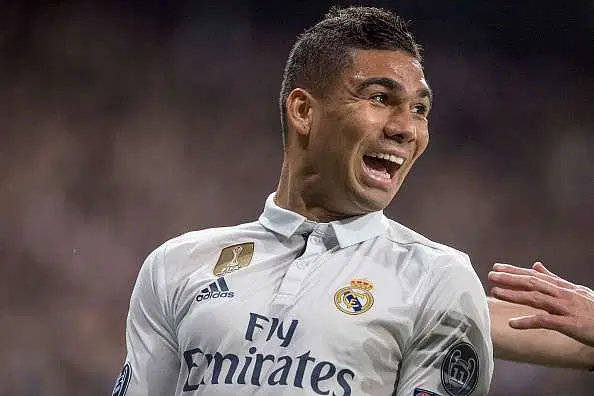
1. Early Life and Roots in São Paulo
Born on February 23, 1992, in São Paulo, Brazil, Carlos Henrique Casimiro—known universally as Casemiro—grew up in a middle-class family with a deep love for football. From a young age, he stood out not for flashy skills, but for his tough tackling, positional awareness, and relentless work rate.
He joined São Paulo FC’s famed youth academy, where he was molded into a disciplined defensive midfielder. Unlike many Brazilian stars who emerged as attackers, Casemiro embraced the unglamorous role of the destroyer—the player who breaks up attacks, shields the backline, and allows others to shine.
2. Professional Debut and Rise in Brazil
Casemiro made his professional debut for São Paulo in 2010. Over the next three seasons, he played 94 matches, scoring 8 goals and earning a reputation as a tactical enforcer with surprising technical ability.
His performances attracted European attention, and in 2013, at just 21 years old, he was signed by Real Madrid—but not as a starter.
Related: Thiago Silva Then and Now
The Rise: From Cast-Off to Madrid Legend (2013–2022)
1. Loan Spells and the Road to Redemption
Upon joining Real Madrid, Casemiro was not immediately trusted. The club had a star-studded midfield—Xabi Alonso, Luka Modrić, and later Toni Kroos—and Casemiro was seen as a project.
To gain experience, he was loaned to FC Porto in 2014–15, where he thrived:
- Played 31 matches
- Helped Porto win the Primeira Liga
- Developed a more complete game—adding passing range and composure
The loan was a turning point.
2. Becoming the Backbone of a Dynasty
Upon his return, Casemiro forced his way into the starting XI under Zinedine Zidane. By 2016, he was an indispensable part of the Modrić-Kroos-Casemiro midfield trio—dubbed “The Holy Trinity” by fans.
Together, they achieved the unthinkable:
- Three consecutive UEFA Champions League titles (2016, 2017, 2018)
- La Liga titles (2017, 2020, 2022)
- UEFA Super Cup and FIFA Club World Cup victories
Casemiro’s role was clear: break the play, win the ball, and launch the counter. But he also evolved into a clutch goalscorer, famously scoring in the 2018 Champions League final and delivering crucial goals in El Clásico and knockout stages.
3. Awards and Recognition
By 2022, Casemiro had earned:
- Five UEFA Champions League titles (2014, 2016, 2017, 2018, 2022)
- FIFA Club World Cup Winner (multiple times)
- Included in the UEFA Team of the Year (2017, 2018)
- Ranked among the best defensive midfielders in the world
He was no longer just a utility player—he was the most complete holding midfielder on the planet.
Related: Kalidou Koulibaly Then and Now
Now: The Manchester United Era and Leadership in 2025
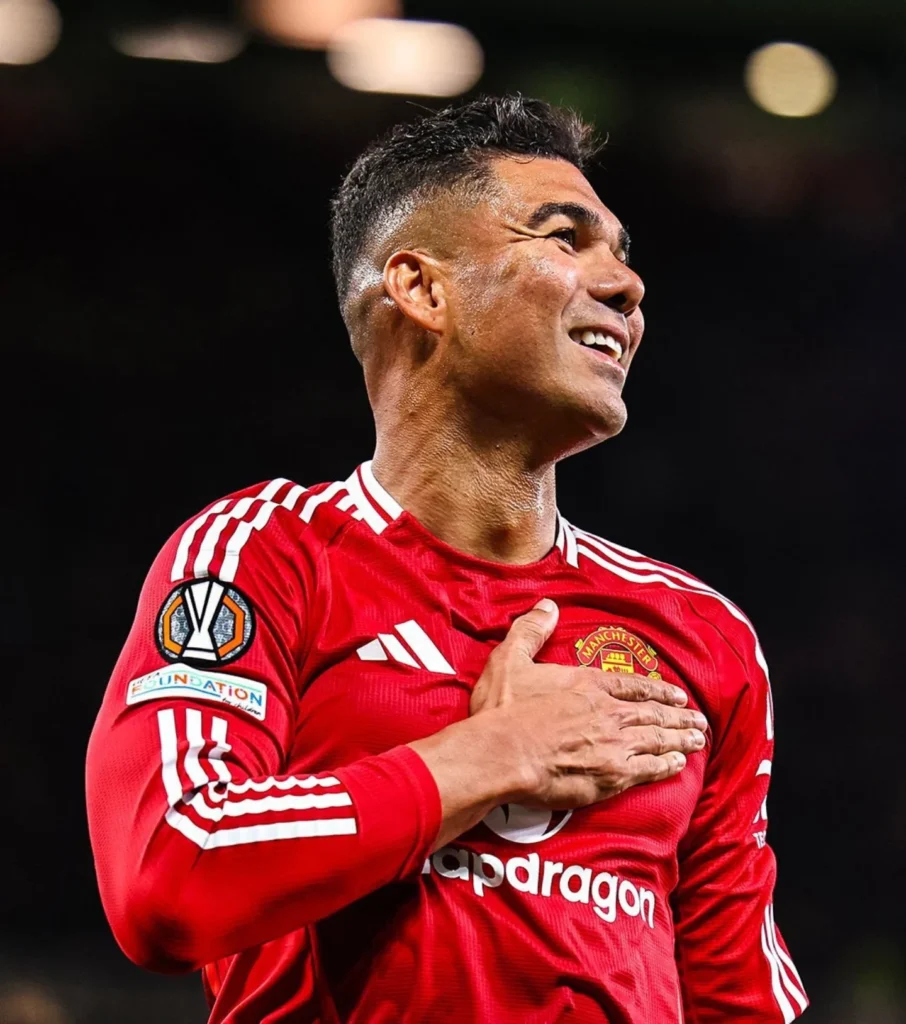
1. Move to Manchester United – A New Chapter (2022–2025)
In August 2022, at age 30, Casemiro made a £70 million move to Manchester United, becoming one of the most expensive midfielders in club history. The transfer shocked many—why would a player at the peak of European success leave Madrid for a struggling United?
But Casemiro saw a mission: to restore order, discipline, and winning mentality to a fractured squad.
2. Immediate Impact at Old Trafford
Despite early criticism and adaptation challenges, Casemiro quickly became United’s most influential player:
- Led the team in tackles, interceptions, and ball recoveries
- Scored crucial goals, including a hat-trick against Everton in 2022
- Became a fan favorite for his passion, aggression, and commitment
By 2023–24, under new manager Ruben Amorim (appointed 2024), Casemiro was named vice-captain, then captain following Harry Maguire’s departure.
3. Leadership and Tactical Evolution in 2025
As of 2025, Casemiro, now 33 years old, has transitioned into a player-leader hybrid:
- Plays fewer minutes but with higher impact
- Rotates strategically to maintain fitness
- Mentors young midfielders like Kobbie Mainoo and Alejandro Garnacho
- Acts as a tactical on-field general, organizing the press and transitions
Under Amorim’s 4-3-3 system, he often plays as the single pivot, allowing younger, more dynamic midfielders to push forward.
4. Key Role in United’s Resurgence
By 2025, Manchester United is on the rise:
- Competing for Premier League top-four finishes
- Reaching UEFA Europa League semifinals
- Developing a new identity built on structure, aggression, and youth development
Casemiro’s leadership has been central to this revival. His presence has brought calm, experience, and accountability to a squad in transition.
Related: Raphaël Varane Then and Now
International Career: Brazil’s Evergreen Enforcer
1. Longstanding Pillar of the Seleção
Casemiro has been a mainstay for the Brazil national team since his debut in 2011. With over 80 caps, he has played in:
- FIFA World Cup 2014, 2018, 2022
- Copa América 2015, 2016, 2019, 2021, 2024
He was instrumental in Brazil’s Copa América 2019 victory, scoring in the semifinal and dominating midfield.
2. Transition Phase in 2025
As of 2025, with Brazil entering a new cycle under coach Dorival Júnior, Casemiro has begun to reduce his international duties. He remains available for major tournaments but is gradually passing the torch to younger talents like Gabriel Martinelli and Endrick.
Still, when called upon, he remains Brazil’s most reliable defensive presence.
Related: Olivier Giroud Then and Now
Playing Style and Evolution
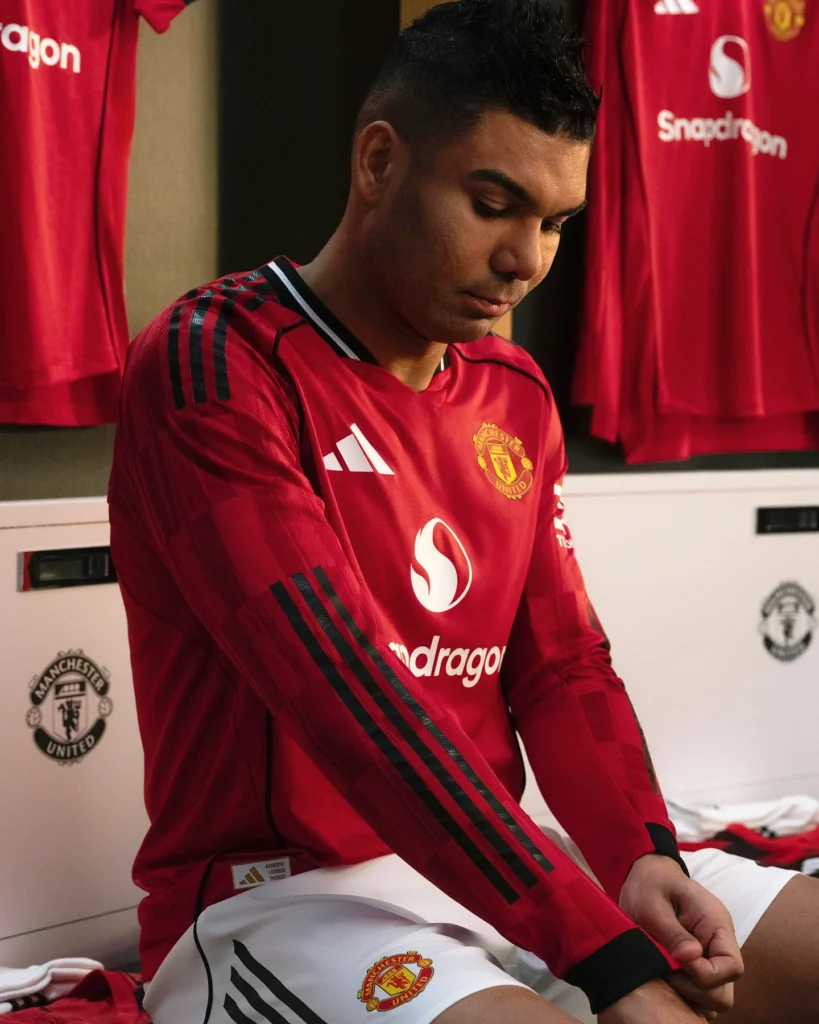
Casemiro’s game has evolved significantly:
- Then (2013–2018): Pure destroyer—focused on tackles, interceptions, and physical dominance.
- Now (2025): Intelligent regenerator—reads the game, positions himself to intercept, and distributes efficiently.
His strengths include:
- Tactical discipline
- Positional intelligence
- Leadership and communication
- Clutch performances in big games
- Surprising goal threat from midfield
He’s also improved his pass accuracy and composure under pressure, adapting to modern demands for ball-playing midfielders.
Personal Life and Legacy
Casemiro is known for his humble, family-oriented lifestyle. He is married to Danielle Brandão, and they have three children. Despite his fame, he avoids the spotlight, focusing on faith, family, and football.
He’s also involved in charity work in Brazil, supporting youth sports programs and education initiatives.
Related: Timo Werner Then and Now
Cultural Impact and Recognition
Casemiro has redefined the role of the defensive midfielder in an era obsessed with flair and attacking output. He’s proof that games are won not just by goals, but by those who prevent them.
He’s been called:
- “The Invisible Hero”
- “The Metronome of Madrid”
- “United’s Missing Piece”
In 2024, he was awarded the FIFPRO World 11 Honorary Recognition for his career contributions.
Conclusion: Casemiro – Then and Now (2025)
- Then: A young Brazilian midfielder, loaned out by Real Madrid, fighting for relevance.
- Now (2025): A five-time Champions League winner, Premier League captain, Brazilian legend, and mentor to a new generation.
Casemiro’s story is one of patience, perseverance, and purpose. He never sought the spotlight—but greatness found him anyway.
As he enters the final phase of his career, one thing is certain:
Casemiro isn’t just a player.
He’s a standard.
And wherever he plays, order follows.
🛡️ “I don’t need applause. I just need to win.” – Casemiro
Related: Ansu Fati Then and Now

